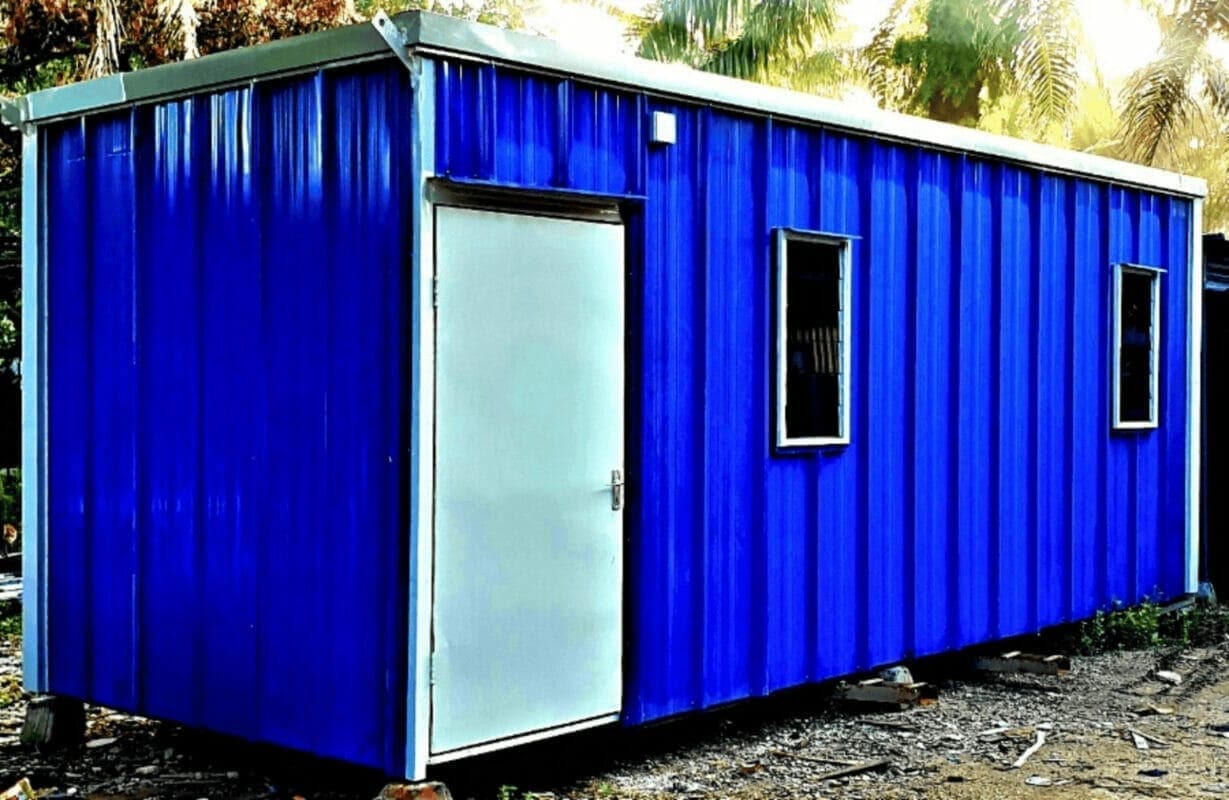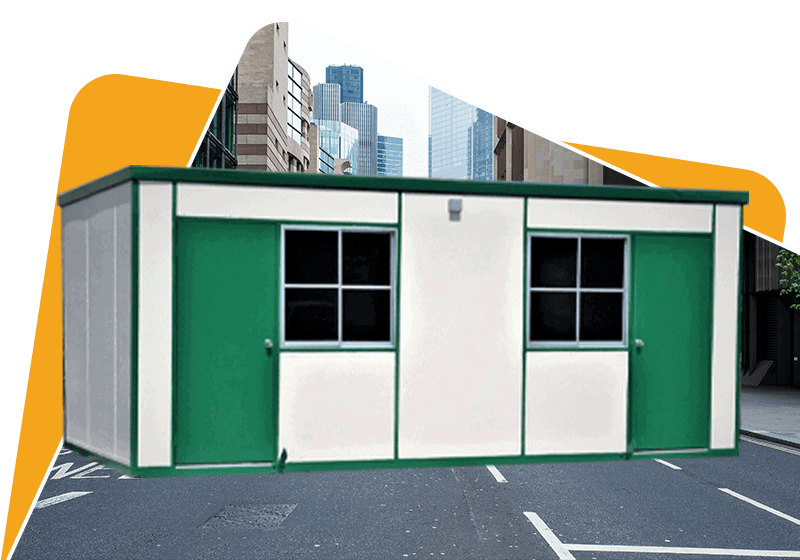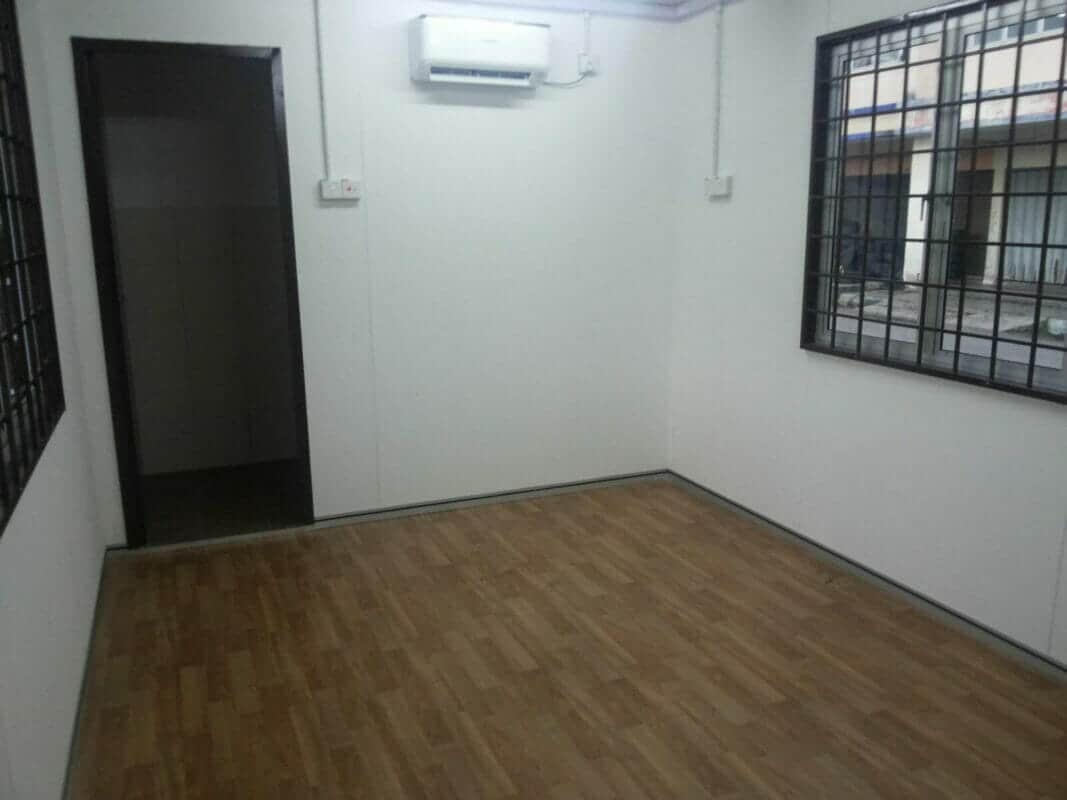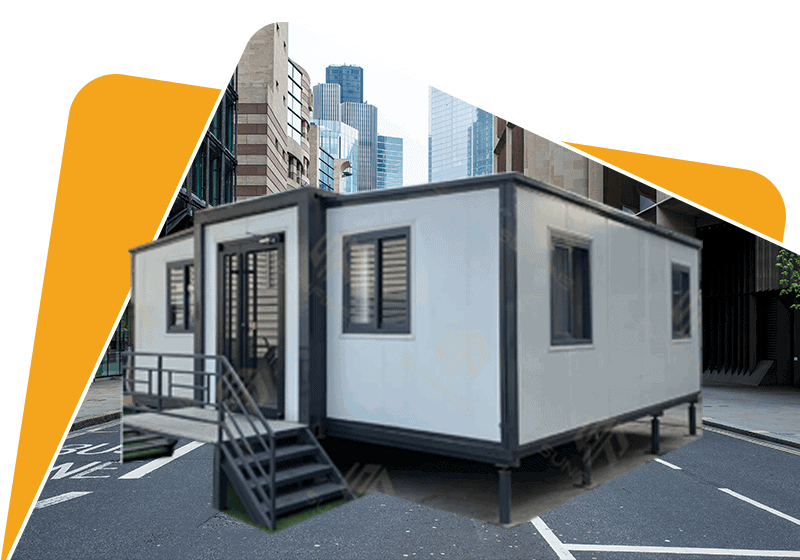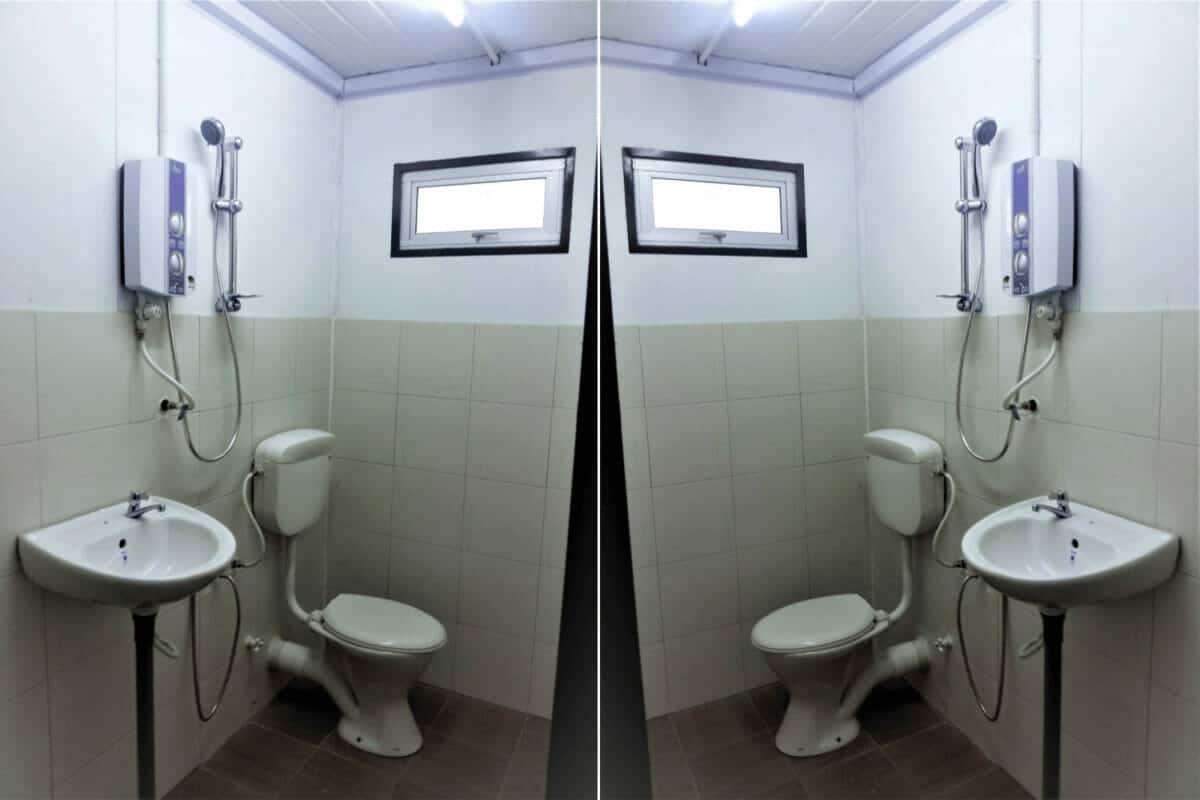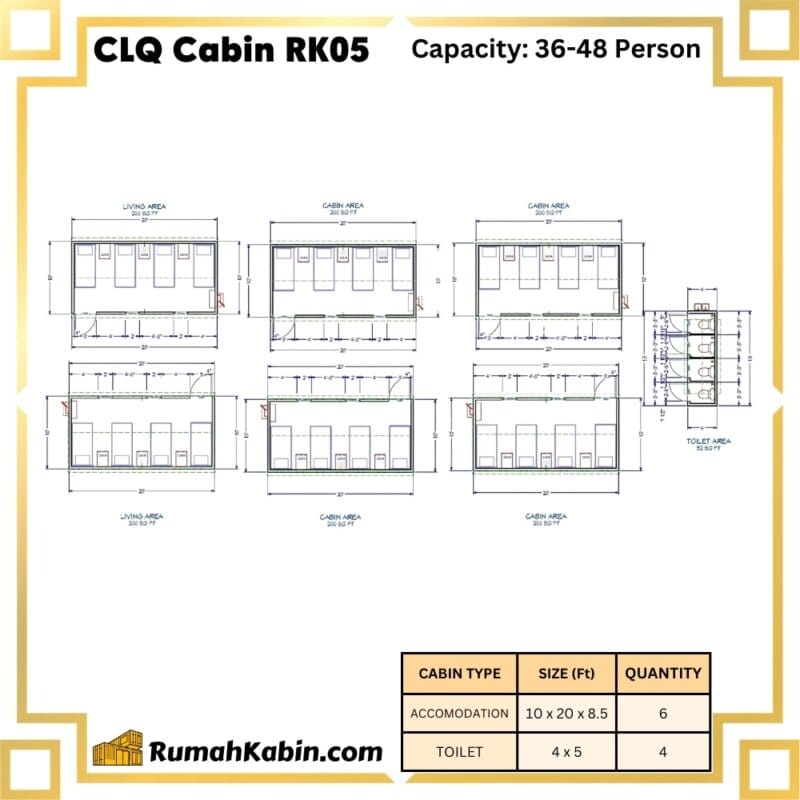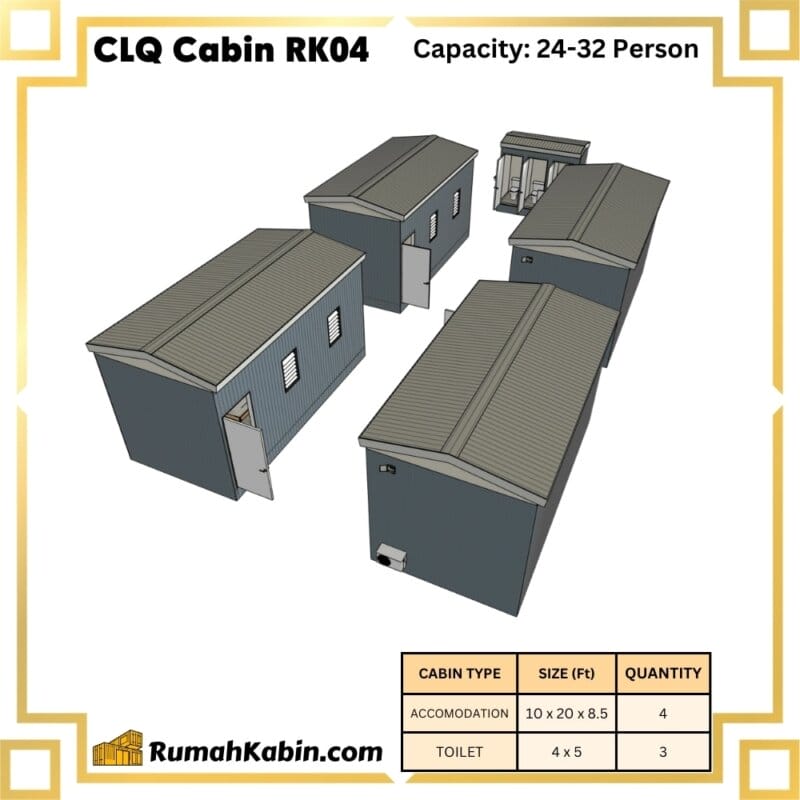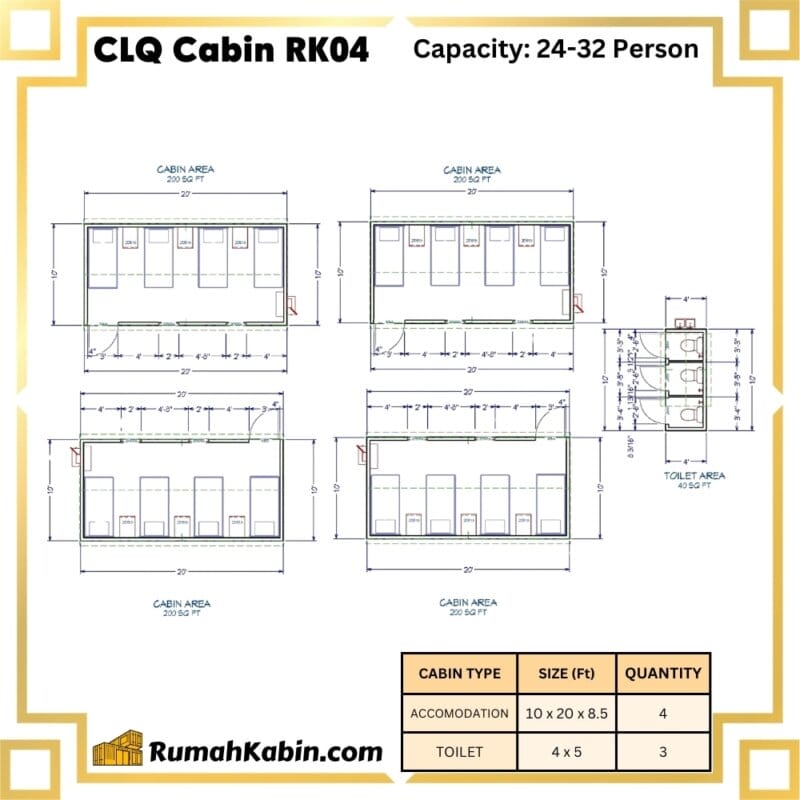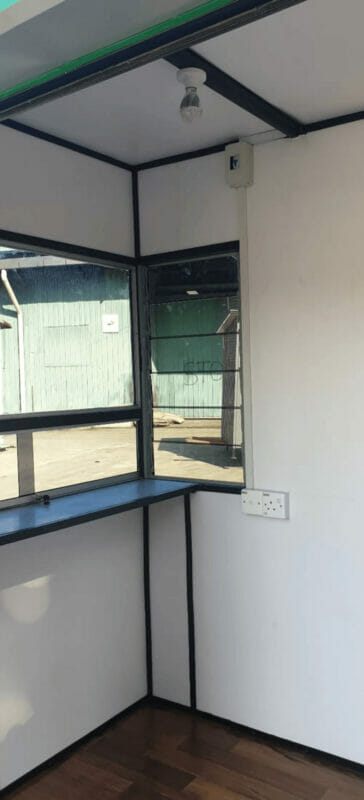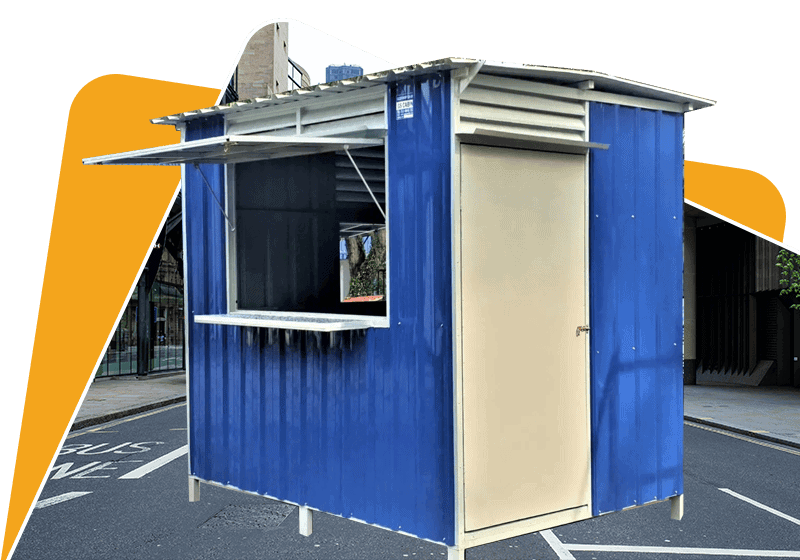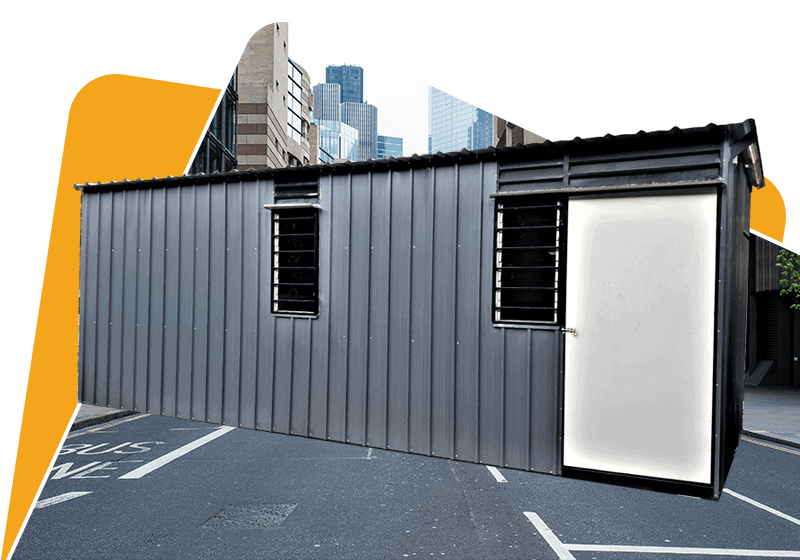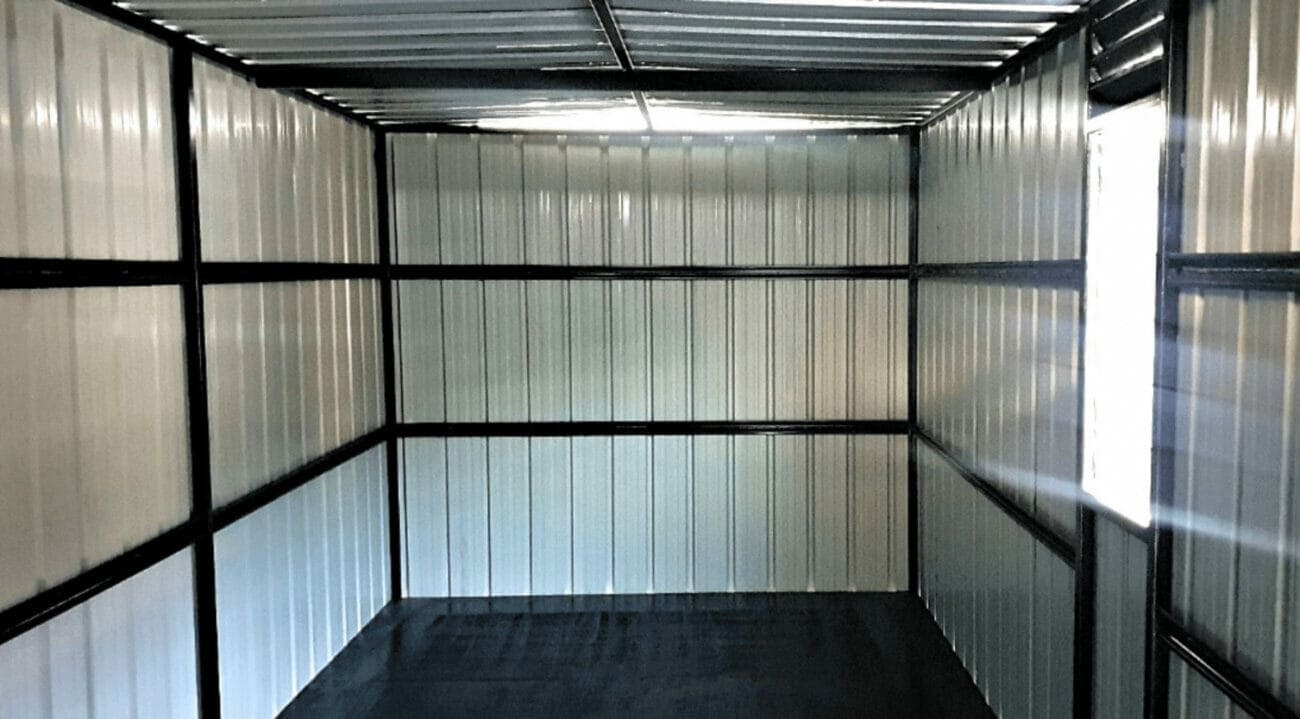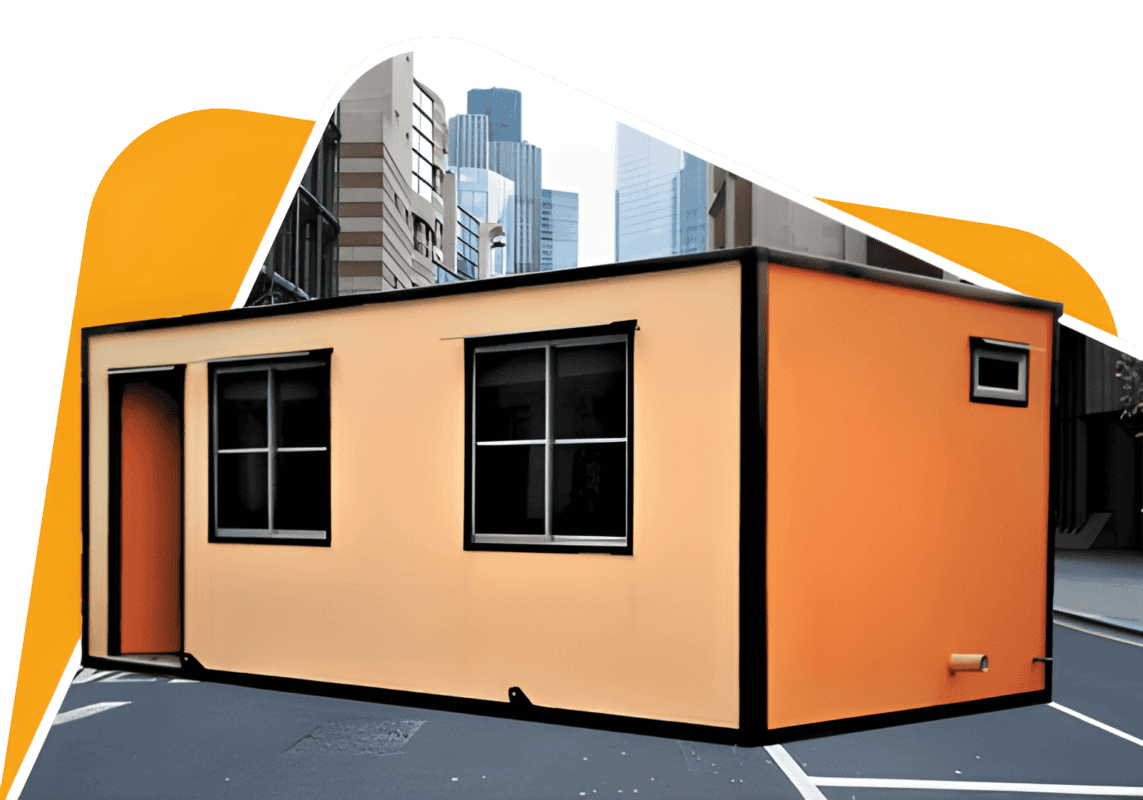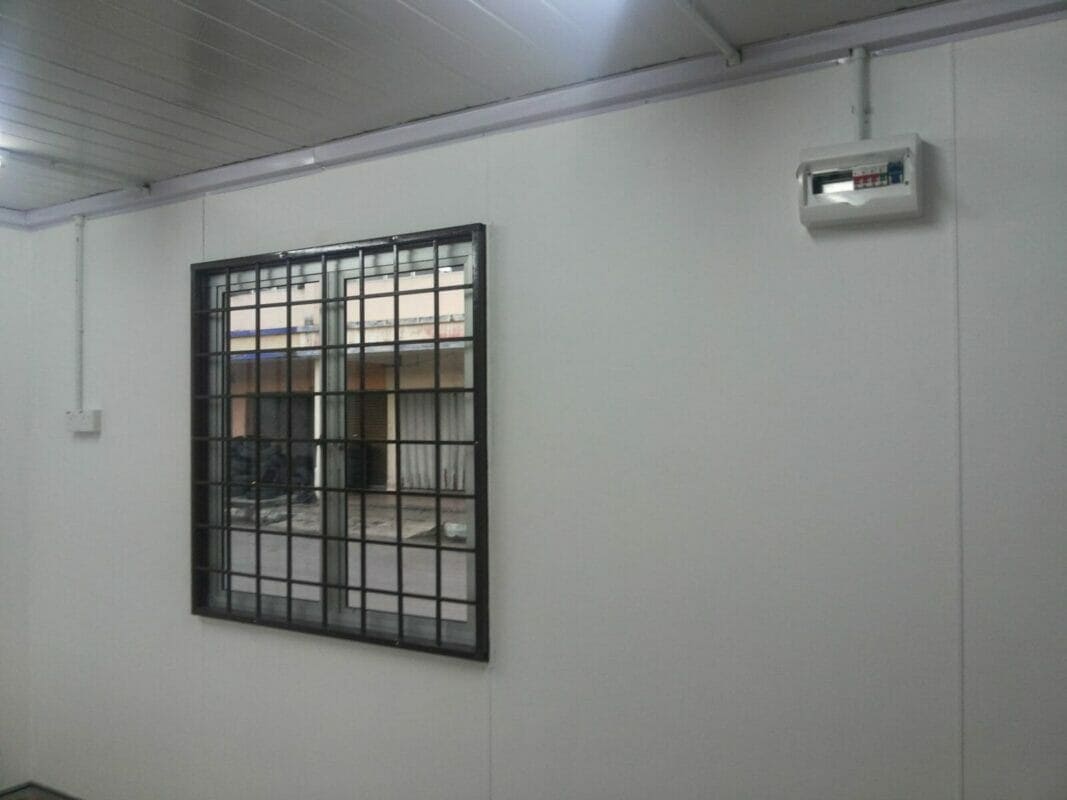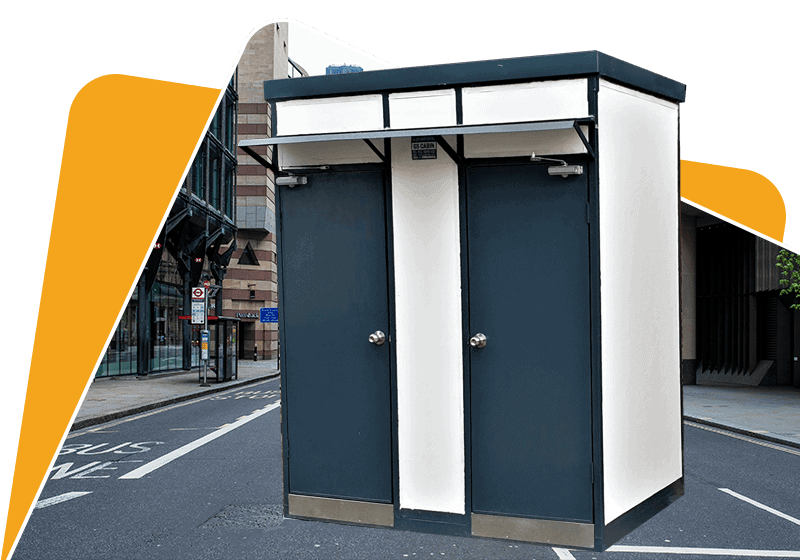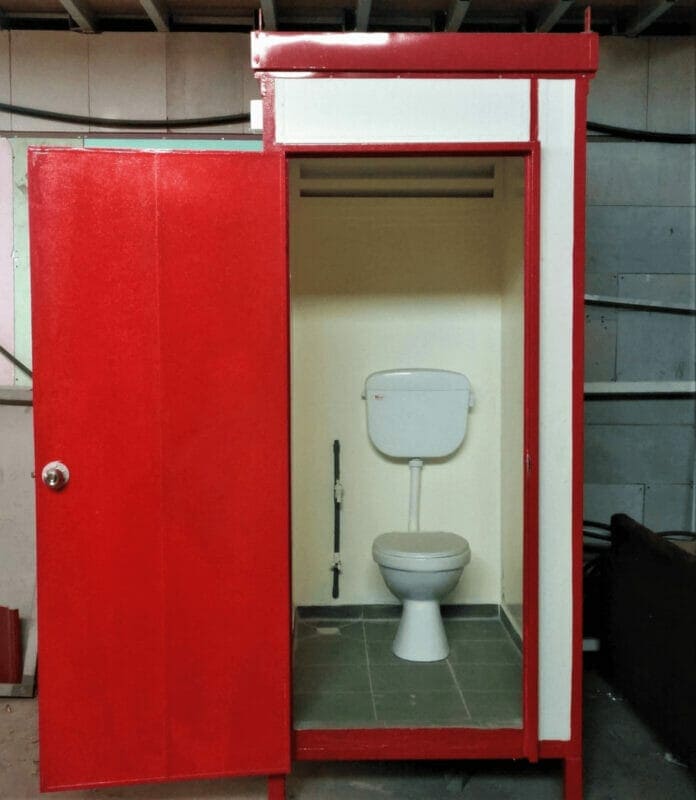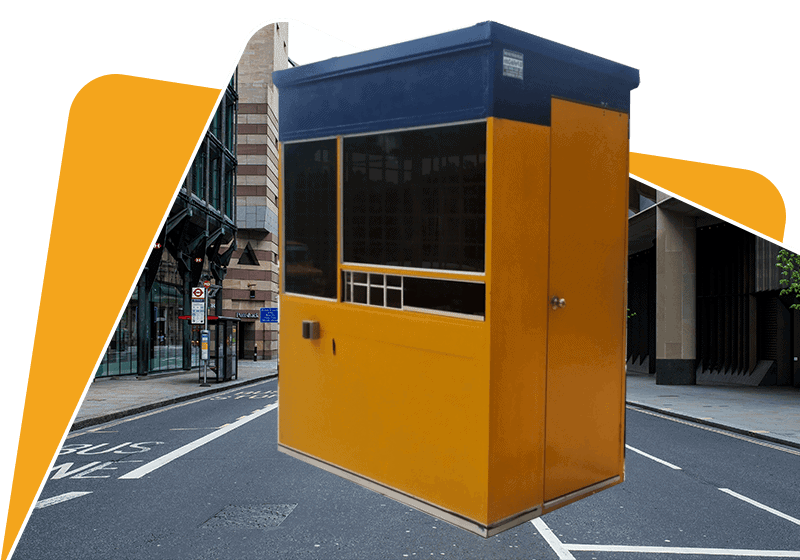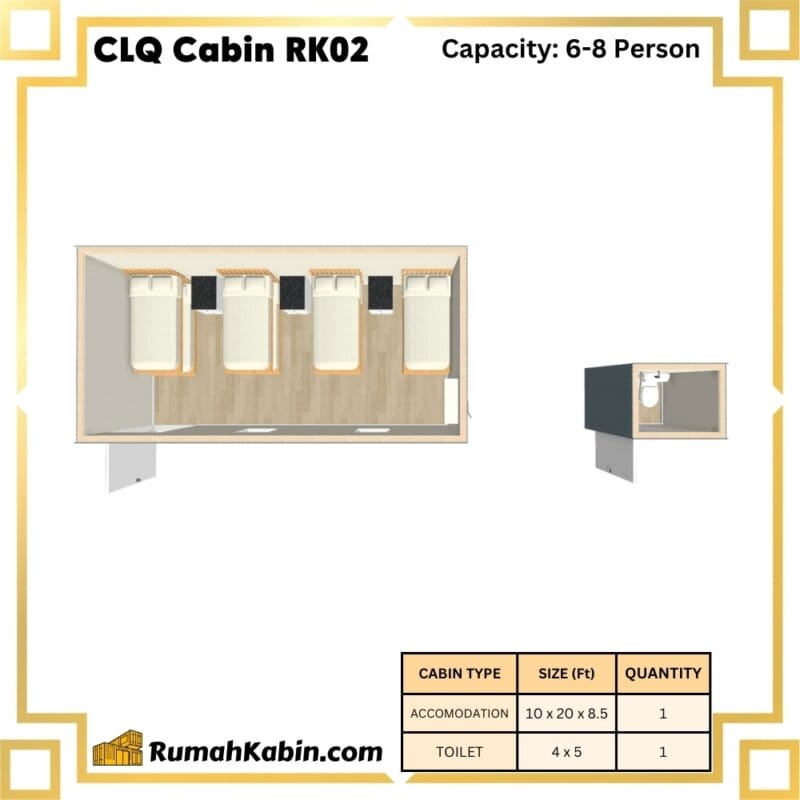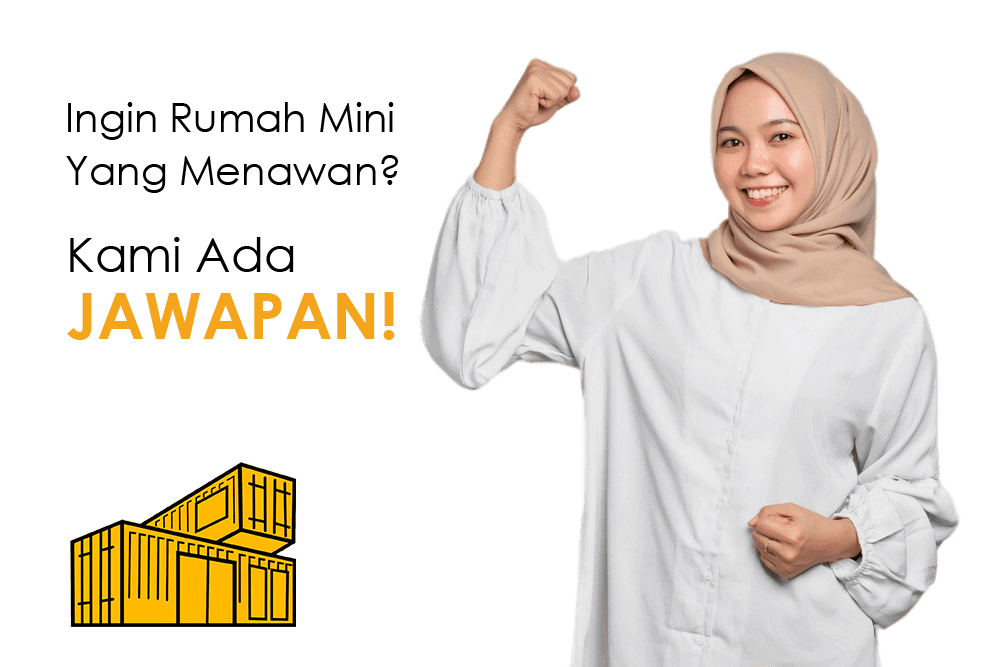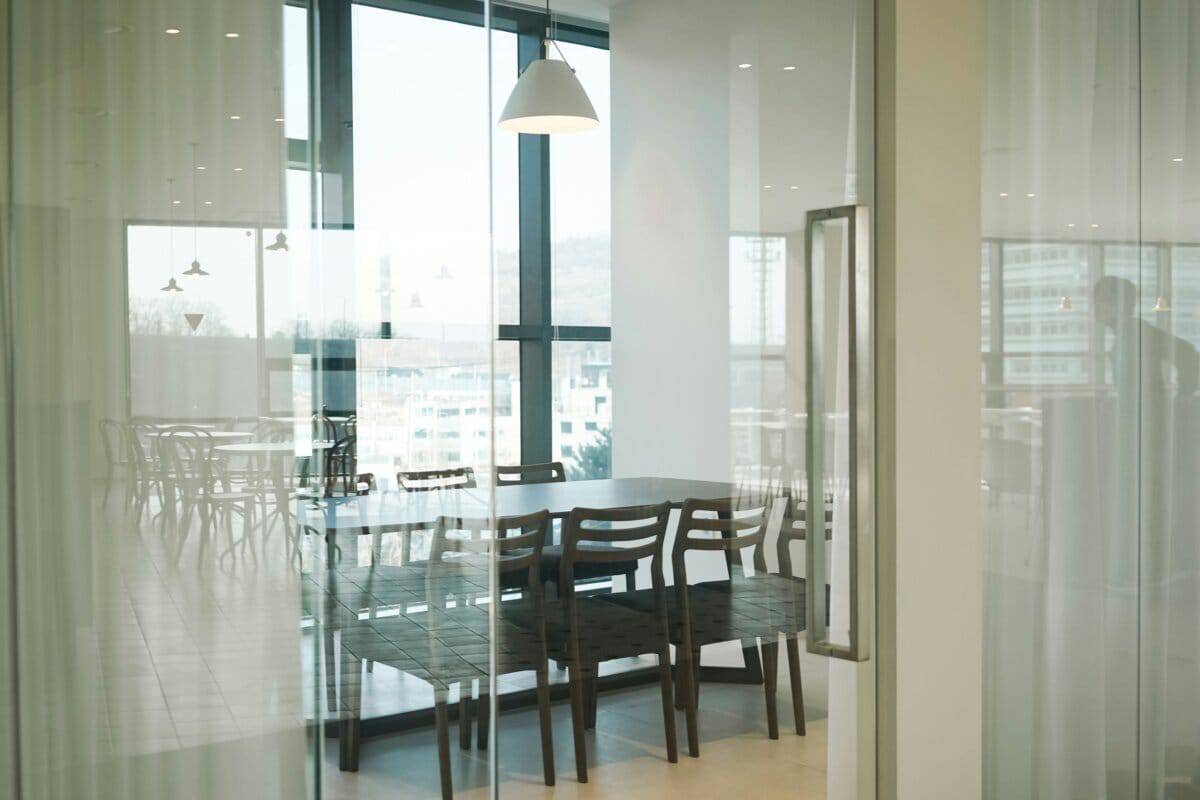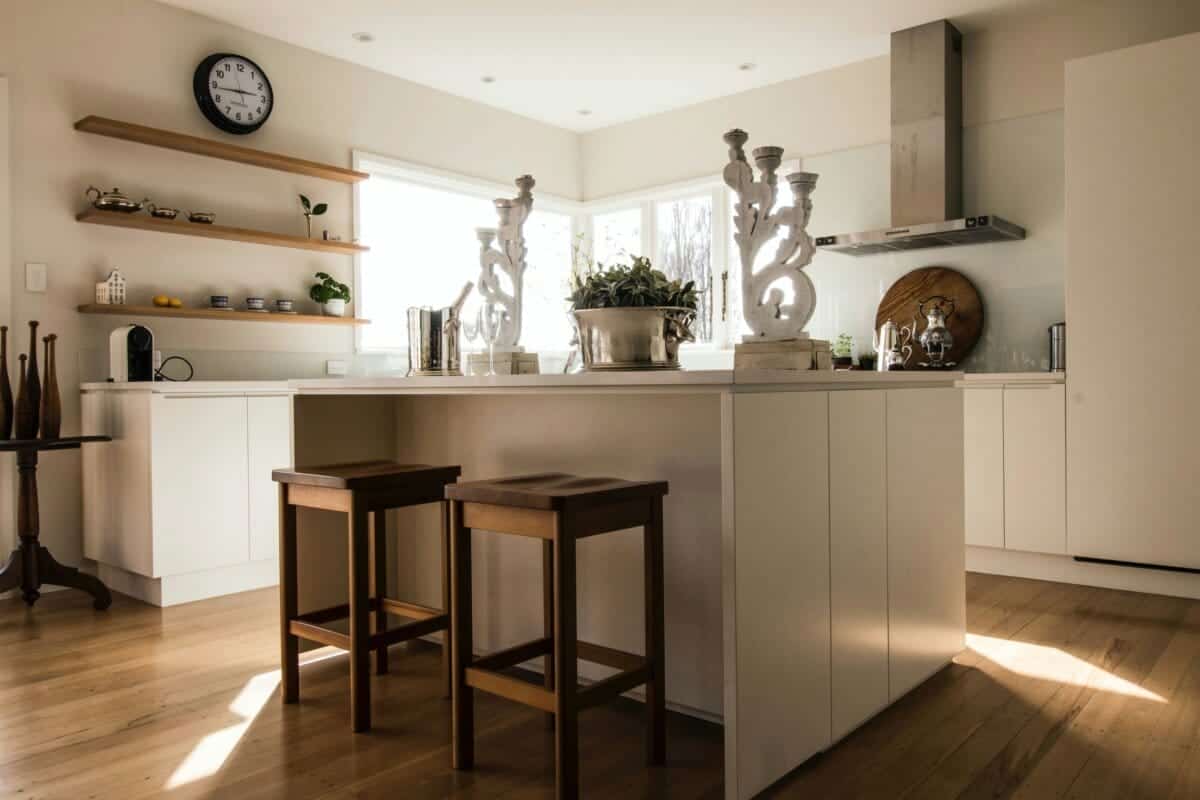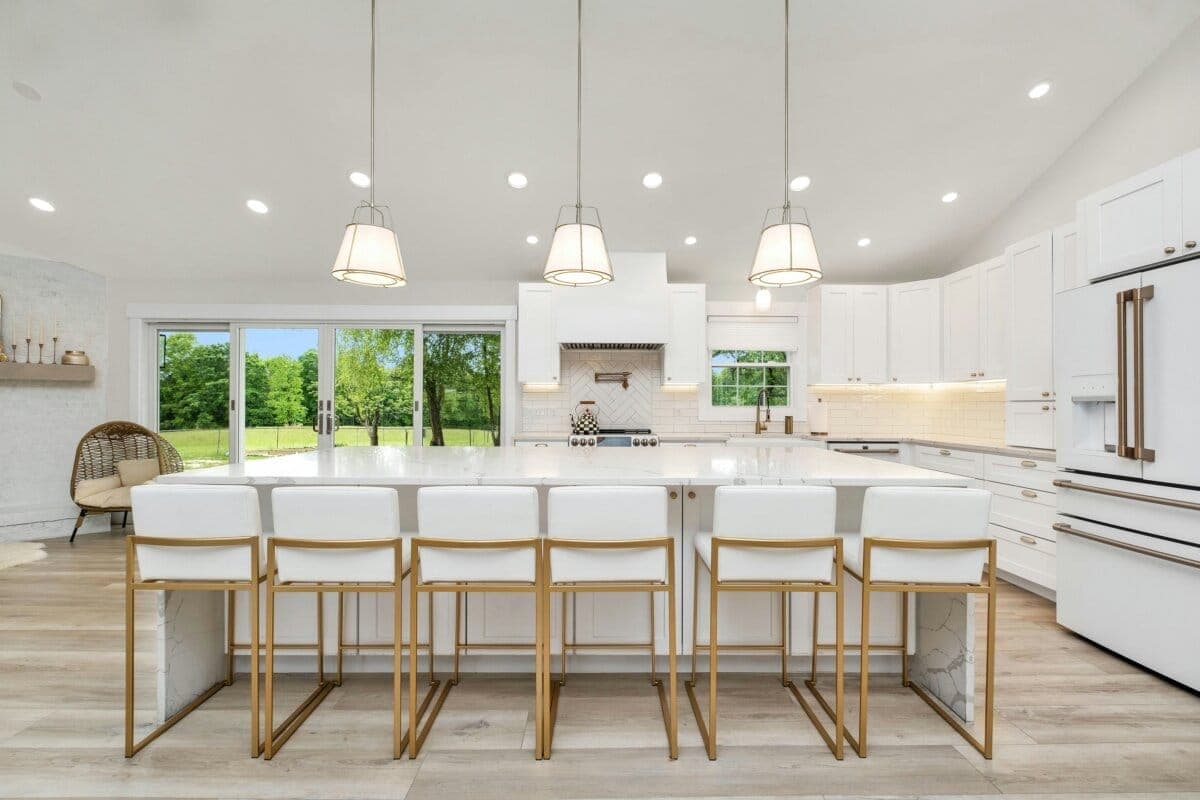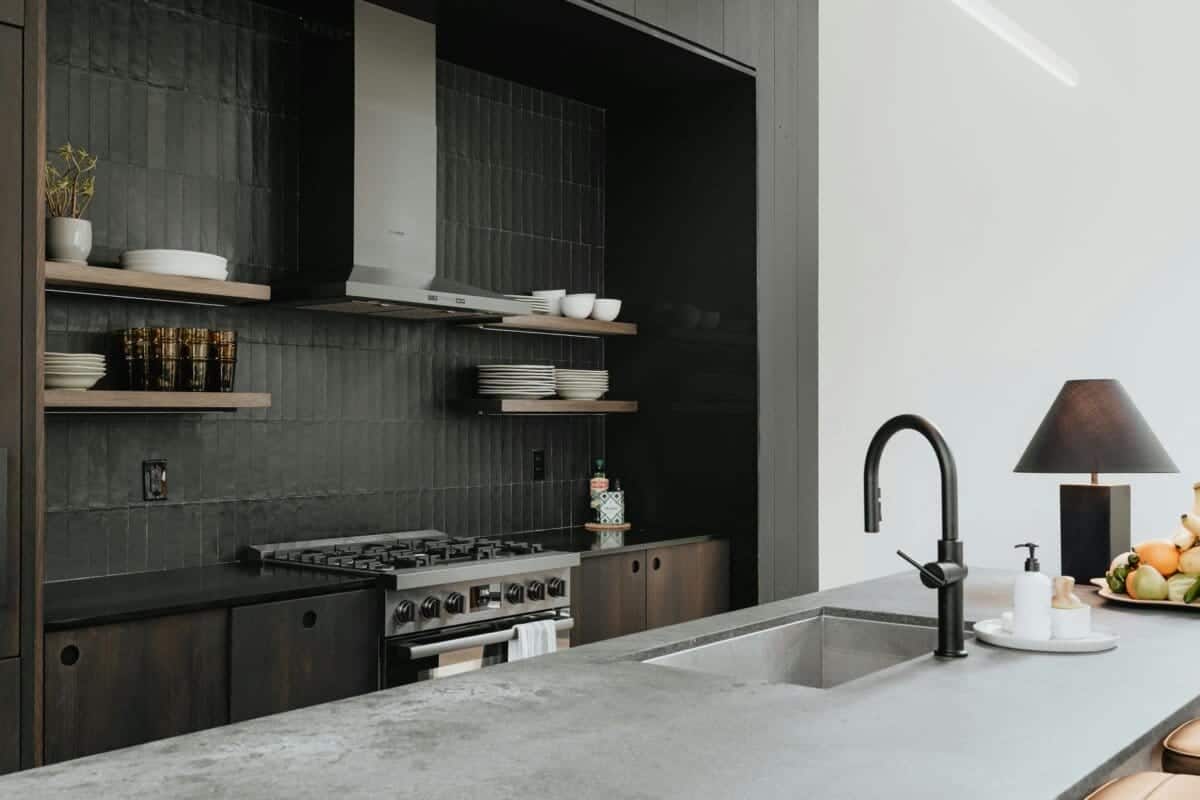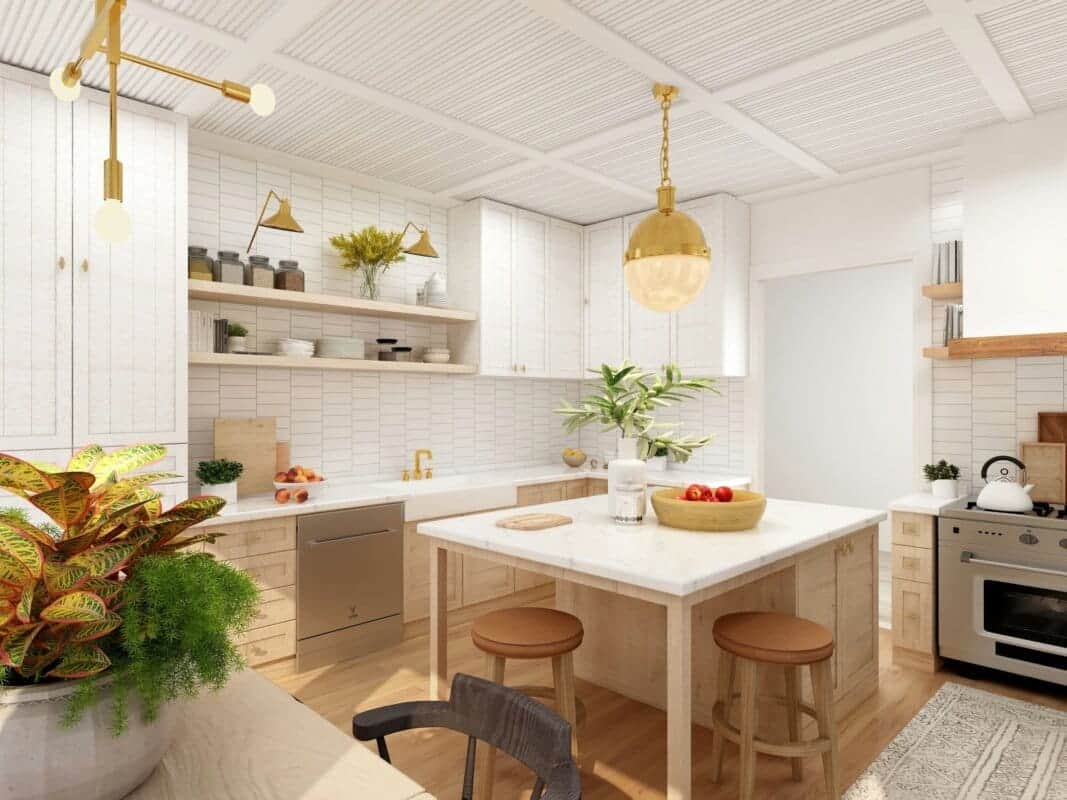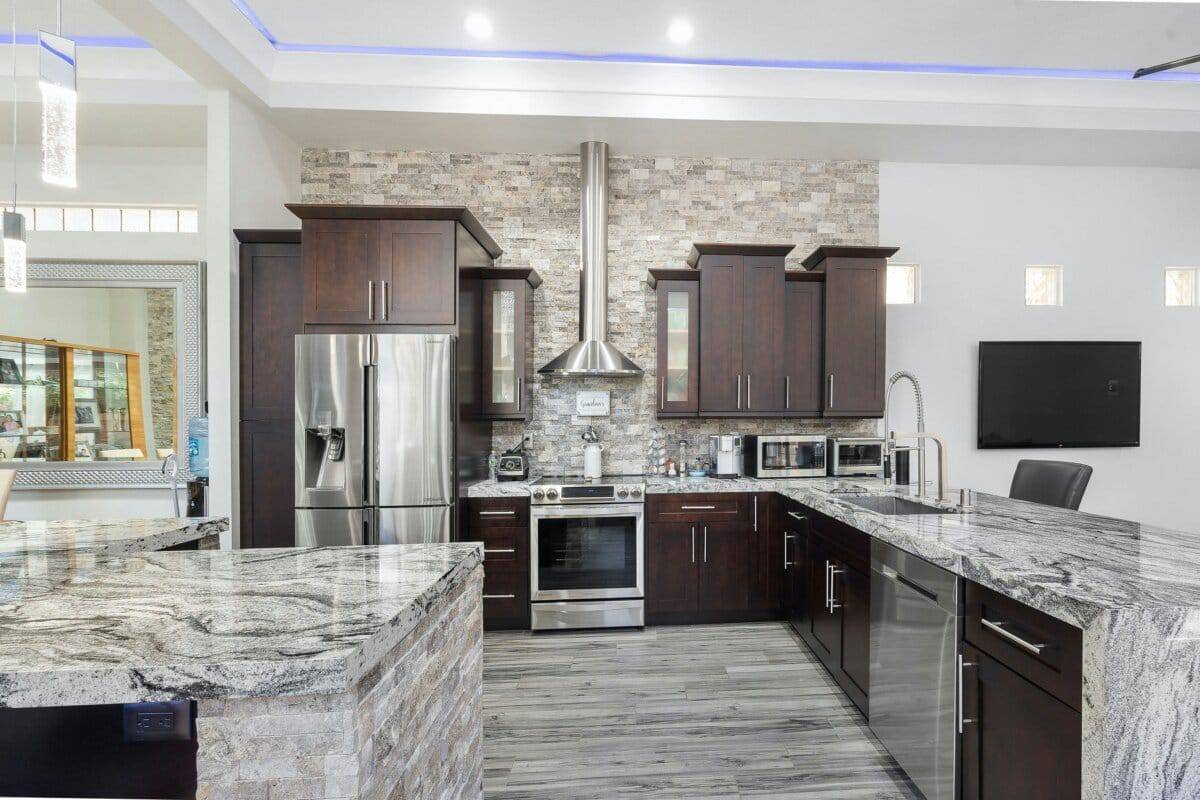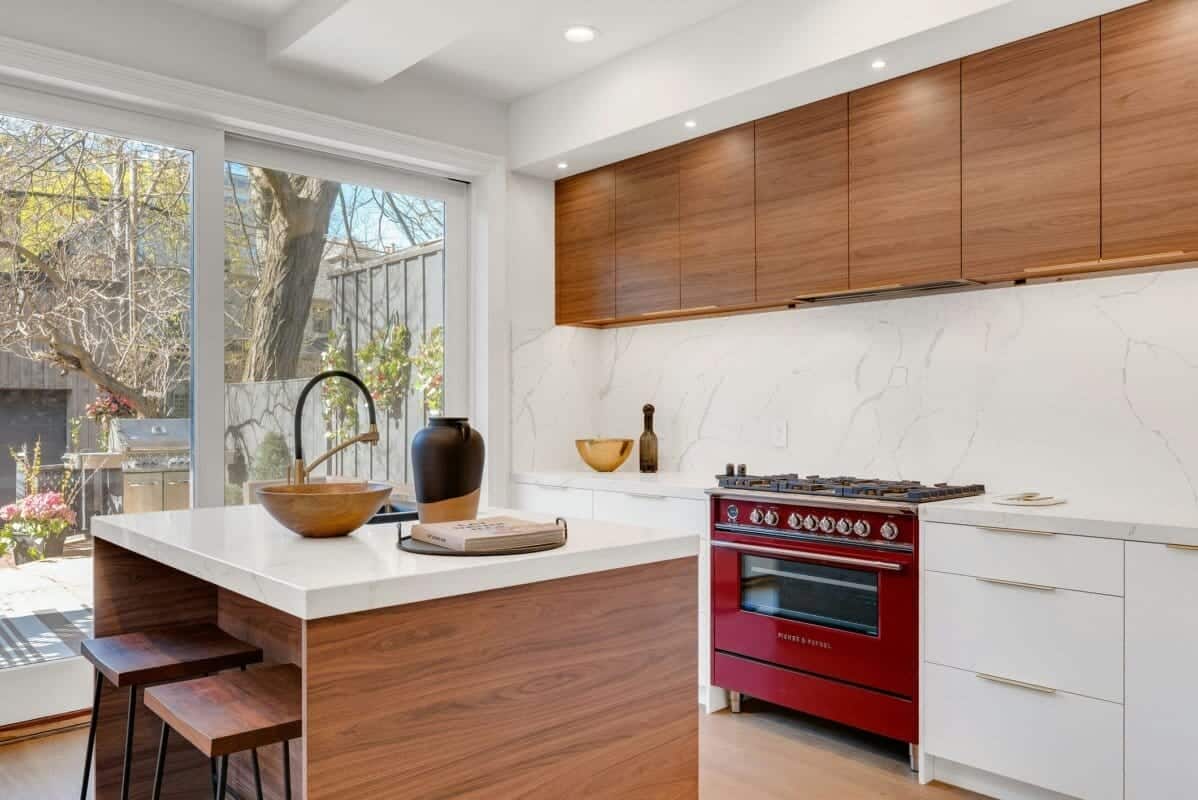
Blog
10 Popular Questions About Toilet Cabin

10 Popular Questions About Toilet Cabin
- What are the different types of toilet cabins available?
- What are the benefits of installing a toilet cabin?
- What are the factors to consider when choosing a toilet cabin?
- How much does a toilet cabin cost?
- What are the steps involved in installing a toilet cabin?
- How do I maintain and clean a toilet cabin?
- What are the best materials for constructing a toilet cabin?
- What are the latest design trends for toilet cabins?
- What are the pros and cons of prefabricated vs site-built toilet cabins?
- How do I choose the right size toilet cabin?
What are the different types of toilet cabins available?
Toilet cabins, also known as toilet pods or bathroom pods, provide a practical and space-saving solution for adding a toilet facility. There are several types of toilet cabins available depending on your requirements:
Prefabricated plastic cabins
Prefabricated plastic toilet cabins are lightweight, easy to clean, and quick to install. They are made of molded plastic which is durable and resistant to weather and vandalism. Common types of plastic toilet cabins include:
- Polyethylene cabins – Made of polyethylene plastic which provides insulation. Available in various colors.
- Fiberglass cabins – Made of fiberglass which is stronger but more expensive than polyethylene. Gel-coated interior is easy to clean.
Plastic toilet cabins come with fittings and fixtures installed. They just need to be connected to water and drainage lines. As they are portable, they can be relocated when required.
Prefabricated steel cabins
Prefab steel toilet cabins provide a sturdier and more customized option. They are constructed from galvanized steel and coated for weather resistance. Some benefits include:
- Stronger and more durable than plastic models.
- Can be powder coated in any color.
- Custom sizes and layouts are possible.
- Integrated plumbing and electrical systems.
Steel toilet cabins require concrete foundations for installation. They provide a permanent toilet facility option.
Brick and mortar cabins
Brick toilet cabins are completely constructed on-site from brick and mortar. This allows creating a cabin tailored to your space and needs. Some key advantages:
- Blends seamlessly with existing buildings.
- Custom layout and design possible.
- Highly durable and robust construction.
- Low maintenance.
The major disadvantage is the high installation cost and time required compared to prefabricated options.So in summary, plastic and steel prefab cabins provide portable, quick-to-install options while brick cabins are more permanent facilities that can be customized to your space. Choose the right type based on durability, customization, and budget requirements. Proper installation and maintenance are key to getting the best value from your toilet cabin.
What are the benefits of installing a toilet cabin?
Toilet cabins provide a self-contained, practical toilet facility while taking up minimal space. Here are some of the benefits of adding a toilet cabin:
Quick and easy installation
Prefabricated toilet cabins can be installed in a matter of hours or days. They are delivered ready with fixtures and just need connecting to water and sewage lines. This allows quickly adding a toilet without major construction work.
Portability and relocation
Plastic and steel toilet cabins are portable. They can be shifted to other locations as needed with minimal hassle. This provides flexibility if you need to reorganize your space.
Space saving
A toilet cabin occupies minimal footprint as the plumbing and fixtures are self-contained. This helps optimize available space on your premises.
Cost effective
Prefabricated toilet cabins are economical compared to constructing a toilet with brick and mortar. Opting for plastic instead of steel cabins provides even more cost savings.
Low maintenance
Modern toilet cabins are designed to be low maintenance for daily usage. Plastic cabins are the easiest to clean while steel cabins have durable and weather-resistant exteriors.
Enhanced hygiene
The self-contained design coupled with ease of cleaning provides better hygiene control compared to makeshift toilet facilities.
Customization
While plastic cabins come in standard sizes, steel cabins can be customized with layouts and fixtures of your choice. This allows matching your brand aesthetics.
Durability
Modern cabins are built of durable materials like polyethylene, fiberglass or galvanized steel. They can withstand heavy usage and weather elements. Toilet cabins provide the flexibility of a temporary or permanent facility. They are ideal for offices, construction sites, events, public spaces and many other applications. The benefits of quick installation, low cost, low maintenance and enhanced hygiene make toilet cabins a practical sanitation solution.
What are the factors to consider when choosing a toilet cabin?
Installing a toilet cabin requires evaluating your requirements to select the right product. Here are the key factors to consider when choosing a toilet cabin:
Type of material
Toilet cabins are commonly available in plastic, steel, and brick construction. Plastic cabins are lightweight, inexpensive and easy to clean. Steel cabins are more durable and can be customized. Brick cabins are permanent structures. Choose based on portability, cost and durability needs.
Number of users
Estimate the average and peak user load for the toilet. More toilets may be required for larger user bases to prevent long queues. Choose a cabin size that provides adequate capacity.
Male-female split
For public toilets, ensure the cabin has dedicated male and female sections or independent cabins. Proper division of fixtures based on male-female ratio is important.
Space available
Measure the location where the cabin will be installed. Match the cabin dimensions to the available space. Allowance for entry, exit and circulation is needed.
Plumbing connections
Toilet cabins need connections to fresh water supply and sewage lines. Confirm availability of connections at the planned location before purchase.
Accessibility
ADA-compliant cabins have wider doors, grab bars and accessible fixtures for the disabled. Assess if accessibility features are required for the location.
Special fixtures
Consider needs for baby changing stations, sanitary napkin dispensers, waste bins, coat hooks and other fixtures. Choose cabins that allow adding required fixtures.
Aesthetics
For customer-facing locations, the cabin exterior and interior design should match your brand. Opt for colors, graphics, materials and finishes that align with the desired aesthetics.
Construction approvals
Check local regulations for required permits when installing toilet cabins, especially permanent brick structures. Prefab cabins may need minimal approvals.
Budget
Prefab plastic cabins are most economical while brick cabins are premium-priced. Steel cabin cost can vary based on specifications. Decide budget before choosing the cabin type.
Weight load
Plastic cabins are lightweight while steel and brick are heavier. The floor or soil must be able to bear the cabin load. Reinforcements may be needed in some cases.
Certifications
Look for cabins certified for structural stability, fire safety, electrical safety and hygiene standards. This ensures the cabin is legally compliant and safe.
Warranty and service
Opt for reputed brands that offer warranty of at least 1-2 years along with maintenance contracts. This provides assurance of support services.
Customization
Assess if any layout or fixture modifications are needed from standard cabin designs. Steel cabins offer more flexibility for customization. Evaluating the above factors will help select the most optimal toilet cabin. Prioritize key considerations like capacity, location constraints, budget and required features while choosing the right product.
How much does a toilet cabin cost?
The cost of a toilet cabin depends on the type, size, construction material, fixtures and customizations. Here is an overview of the price range:
Plastic toilet cabins
Plastic prefab toilet cabins are the most economical option. A basic 3×2 ft polyethylene cabin with 1 toilet and urinal costs $1500 to $2000. Larger units with more fixtures can cost $2500 to $4000. Common variations in cost:
- Basic polyethylene cabins are cheaper than fiberglass models.
- Larger cabin size increases cost.
- More number of fixtures like toilets, urinals, sinks increase cost.
- Special needs fixtures like baby changing station add cost.
Steel toilet cabins
Steel prefab cabins have a mid-range cost profile. A standard 4×3 ft cabin with 1 toilet and urinal costs $4000 to $6000. Larger and customized units can cost $8000 to $12,000. Typical factors impacting price:
- Custom sizes instead of standard units cost more.
- Custom colors, finishes and branding increase cost.
- More fixtures and accessories add cost.
- Integrated plumbing and electrical systems increase the price.
Brick toilet cabins
Constructing a toilet cabin from brick and mortar is premium priced. Basic construction costs $15,000 to $25,000 for a 5×3 ft cabin with 1-2 toilets. Luxury finishes and additional customization further increases costs.
Additional costs
Other costs to factor in:
- Site preparation and foundation for installation.
- Plumbing and electrical connections.
- Transportation charges to deliver cabins.
So in summary, plastic cabins offer the most economical option while brick cabins are on the premium end. Steel cabins provide a good mid-range choice with customization flexibility. Consider the trade-offs between cost, durability and customization needs for your project.
What are the steps involved in installing a toilet cabin?
Installing a prefabricated toilet cabin is quick and straightforward. Here is an overview of the typical installation process:
Site preparation
Mark out the footprint area as per the cabin dimensions. Clear out any debris and level the ground. Construct a foundation if required.
Plumbing
Connect fresh water supply and sewage drainage lines to the cabin location. Install isolation valves for future maintenance.
Electrical
Provide electrical connections if the cabin has lighting, ventilation, heating or other electrical fixtures. Use appropriate wiring and switchgear.
Transportation
Use a crane or forklift to transport the cabin to the installation site if it is heavy. Handle lightweight plastic cabins manually.
Positioning
Carefully place the cabin over the plumbing/electrical connections. Adjust to align with the foundation.
Securing
Anchor the cabin securely to the ground using the manufacturer’s instructions. This provides stability and prevents shifting.
Connections
Connect the water supply, sewage and electrical lines to the respective cabin inlets and outlets. Pressure test for leaks.
Accessories
Install additional accessories like coat hooks, mirrors, waste bins and signages according to the layout plan.
Testing
Check all fixtures thoroughly before commissioning. Rectify any defects immediately.
Handover
Clean the cabin properly before handing over for use. Educate caretakers on maintenance procedures.The total installation time ranges from 1-3 days depending on the cabin size and customizations required. Taking care to execute each step correctly ensures a safe and functional toilet cabin.
How do I maintain and clean a toilet cabin?
Proper maintenance is key to keeping a toilet cabin hygienic and in good condition. Here are some tips for effective cabin maintenance:
Daily cleaning
- Sweep and mop floors with a disinfectant cleaner.
- Scrub toilet bowls, urinals and sinks using a toilet brush and bathroom cleaner.
- Wipe down all surfaces like walls, mirrors, faucets with a multi-surface cleaner.
- Refill soap, toilet paper, paper towels and other consumables.
- Remove trash and sanitize bins.
- Report any leaks, damage or issues immediately.
Weekly cleaning
- Thoroughly scrub floors, walls and all surfaces to disinfect.
- Descale toilet bowls, urinals and sinks to remove mineral deposits.
- Clean mirrors, dispensers, handles and other fixtures.
- Check for cracks, loose fittings and other wear and tear.
- Clean exterior surfaces and empty wastewater tanks if installed.
Monthly maintenance
- Inspect water supply lines and drain pipes for leaks.
- Check door hinges and locks for smooth operation.
- Test flush mechanisms, faucets and dispensers. Fix any issues.
- Touch up paint on walls if required.
- Clean ventilation grills and light fixtures.
Annual upkeep
- Repaint interior walls and exterior surfaces for a fresh look.
- Replace any damaged fittings like toilet seats, flush handles etc.
- Seal gaps and cracks on walls/floors with weatherproof silicone seal
Special considerations
- Use commercial grade disinfectant cleaners approved for restroom cleaning.
- Ensure sufficient ventilation during cleaning.
- Follow all safety precautions and PPE recommended by cleaner manufacturers.
- Hire professional deep cleaning services quarterly for thorough disinfection.
- Repair any damages like leaks immediately to prevent bigger issues.
- Maintain a cleaning log to track all daily, weekly and monthly tasks.
Proper cleaning technique and using quality cleaning products is important to maintain a toilet cabin. Establish a daily, weekly and monthly cleaning routine based on the usage. Address any repairs or issues proactively. Invest time and effort to keep the cabin clean, hygienic and in good operational condition.
What are the best materials for constructing a toilet cabin?
Toilet cabins are available in a range of construction materials, each with their own pros and cons. Here are some of the best materials to consider:
Fiberglass
Fiberglass is a common material for prefab toilet cabins. Key features:
- Smooth, non-porous interior that is easy to clean
- Resistant to bacteria growth
- Durable, damage resistant exterior
- Relatively lightweight for portability
- Gelcoat surface resists stains, chemicals, moisture
- Available in various color options
Polyethylene
Molded polyethylene plastic cabins provide:
- Lightweight and portable
- Seamless construction with no joints for leaks
- Smooth interior for easy cleaning
- Resistant to chemicals and environmental factors
- Low cost compared to other materials
- Insulating properties
Powder coated steel
Steel cabins with powder coated finish offer:
- Highly durable and robust construction
- Resistant to dents, scratches and vandalism
- Customizable size and layout options
- Ability to include insulation inside panels
- Fire resistant and flame retardant properties
- Vast color options for exterior finish
Stainless steel
Stainless steel cabins provide:
- Excellent corrosion resistance
- Easy to clean and maintain
- Highly durable and long lasting
- Robust construction for security
- Non-porous surface hinders bacteria growth
- Aesthetically pleasing finish
Concrete
Concrete toilet cabins have:
- Highly durable and robust structure
- Can be customized to any size and layout
- Seamless construction prevents leaks
- Fireproof and weather resistant
- Low maintenance requirements
- Natural concrete finish or can be painted
So in summary, fiberglass, polyethylene, powder coated steel, stainless steel and concrete provide the best construction materials for toilet cabins based on considerations like cost, durability, customization and aesthetics.
What are the latest design trends for toilet cabins?
Toilet cabin design continues to evolve with new trends focused on aesthetics, comfort and convenience. Here are some of the latest toilet cabin design trends:
Creative use of colors
- Bold, vibrant colors like green, blue for exterior and interior walls
- Contrasting color combinations for doors, walls and flooring
- Patterned wall tiles or wallpapers
Artistic wall murals
- Nature-inspired landscapes and scenery
- Abstract graphical designs
- Brand logos and motifs
Ergonomic designs
- Larger cabins for more room and comfort
- Comfort height toilets and urinals
- Grab bars and support handles
- Baby changing stations
Touchless fixtures
- Sensor-operated flush valves, faucets, soap dispensers
- Automatic hand dryers
- Touchless entry and exit
Smart technology
- IoT enabled cabins to monitor usage and maintenance needs
- Sensor-operated lighting based on occupancy
- Water level and quality monitoring
Sustainable materials
- Bamboo paneling and doors
- Recycled plastic walls and fixtures
- Solar powered lighting and fittings
- Waterless urinals
Accessibility
- Wheelchair accessible design
- Braille symbols and instructions
Blending form with function, the latest toilet cabins allow designers to get creative while prioritizing comfort, convenience and accessibility for users. Advanced smart technology and sustainability features are also increasingly being integrated.
What are the pros and cons of prefabricated vs site-built toilet cabins?
Prefabricated and site-built toilet cabins, both have their own advantages and disadvantages:
Prefabricated toilet cabins:
Pros:
- Quick and easy installation – ready to use in days
- Lower construction costs compared to site-built
- Lightweight portability for relocation
- Available in standard sizes with layout options
- Made of durable and low maintenance materials
Cons:
- Less customization flexibility in size or layout
- Limitations in design options
- Generally need replacing after 5-10 years
Site-built toilet cabins:
Pros:
- Fully customized size, layout and design
- Can match aesthetic of existing buildings
- Built to last decades with proper maintenance
- Higher quality construction possible
Cons:
- Higher material and construction costs
- Slower installation taking weeks or months
- Permanent structures – difficult to relocate
- Need qualified labor for quality construction
Verdict:
Prefabricated cabins are ideal for temporary or rental applications where speed and cost are priorities. Site-built cabins are better for permanent installations where customization and longevity are important. Choose based on your specific requirements, budget and timelines. Proper maintenance can extend lifespan and return on investment for either option.
How do I choose the right size toilet cabin?
Choosing the right sized toilet cabin requires considering the expected usage, space constraints and layout requirements. Here are some tips on selecting optimum toilet cabin size:
Estimate daily users
Evaluate expected peak and average users per day. More users will need a larger cabin or multiple cabins.
Calculate fixture requirements
Allow one toilet per 15-20 females and one toilet plus urinal per 30-40 males. The fixtures required determines minimum cabin size.
Consider space constraints
Measure the area where the cabin will be located. Optimize cabin size based on the available space.
Allow circulation space
Keep sufficient space around fixtures and for movement of users inside the cabin. Avoid cramped layouts.
Allow queues
For public toilets, allow space outside the cabin for queues during peak hours. Larger cabins serve more users faster.
Check accessibility needs
Wheelchair accessible cabins require more space for entry, movement and turning radius.
Factor growth projections
Consider potential increase in future users and size cabins accordingly. Expansion flexibility can help.
Standard cabin sizes
Common prefab cabin dimensions are 4×3, 6×3, 8×4 ft. Choose standard sizes if suitable for requirements.
Custom cabin sizes
Opt for custom dimensions if standard sizes don’t meet needs. Site-built cabins allow fully custom sizes.
Number of cabins
Multiple smaller cabins serve users better than one oversized cabin. Allows separating male/female sections.
Layout efficiency
Optimize cabin layout to maximize fixture capacity without cramping. Work with supplier to design efficiently.Choosing the optimal toilet cabin size requires balancing capacity, space availability, accessibility needs and costs. Careful estimation of current and future user demand is key to long term suitability.
Key Takeaways
Here are some key takeaways on toilet cabins:
- Toilet cabins provide a practical, space-saving sanitation solution for various applications.
- Main types are plastic, steel and brick construction. Choose based on portability, durability and customization needs.
- Benefits include quick installation, low maintenance and better hygiene control.
- Consider capacity, location, budget and features when selecting a suitable toilet cabin.
- Proper cleaning and maintenance is vital for health, hygiene and longevity of the cabin.
- Fiberglass, steel, concrete provide durable construction materials. New trends focus on comfort, accessibility and technology.
- Prefab cabins suit temporary setups, while site-built cabins are better for permanent installations.
- Carefully estimate the number of users and fixtures to determine the right cabin size.
- Proper installation and maintenance ensures users can enjoy clean, comfortable and convenient toilet facilities.
Conclusion
In summary, toilet cabins are a versatile sanitation solution with multiple advantages. Careful planning and selection of suitable type, size and specifications based on needs is important. Investing in quality construction and proactive maintenance helps maximize the return on investment. Toilet cabins improve convenience for users and enhance the overall site facilities when designed and managed appropriately.
Kontraktor Rumah Kabin
Rumah Kabin Murah
Rumah Kontena Vs Rumah Kabin
Rumah Kabin Pasang Siap
Senarai Harga Kabin di Malaysia
Heavy Duty Cabin
Light Duty Cabin

